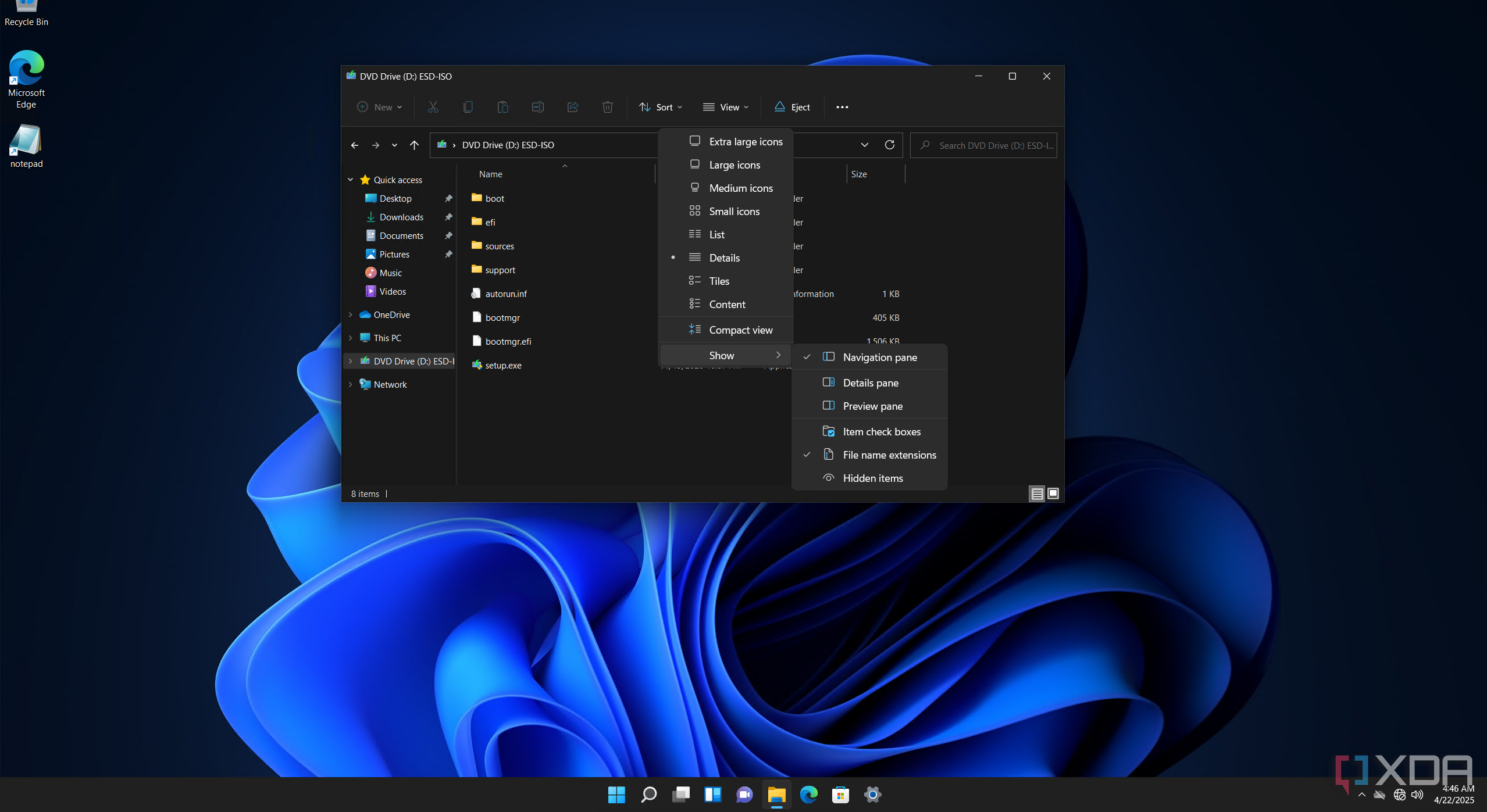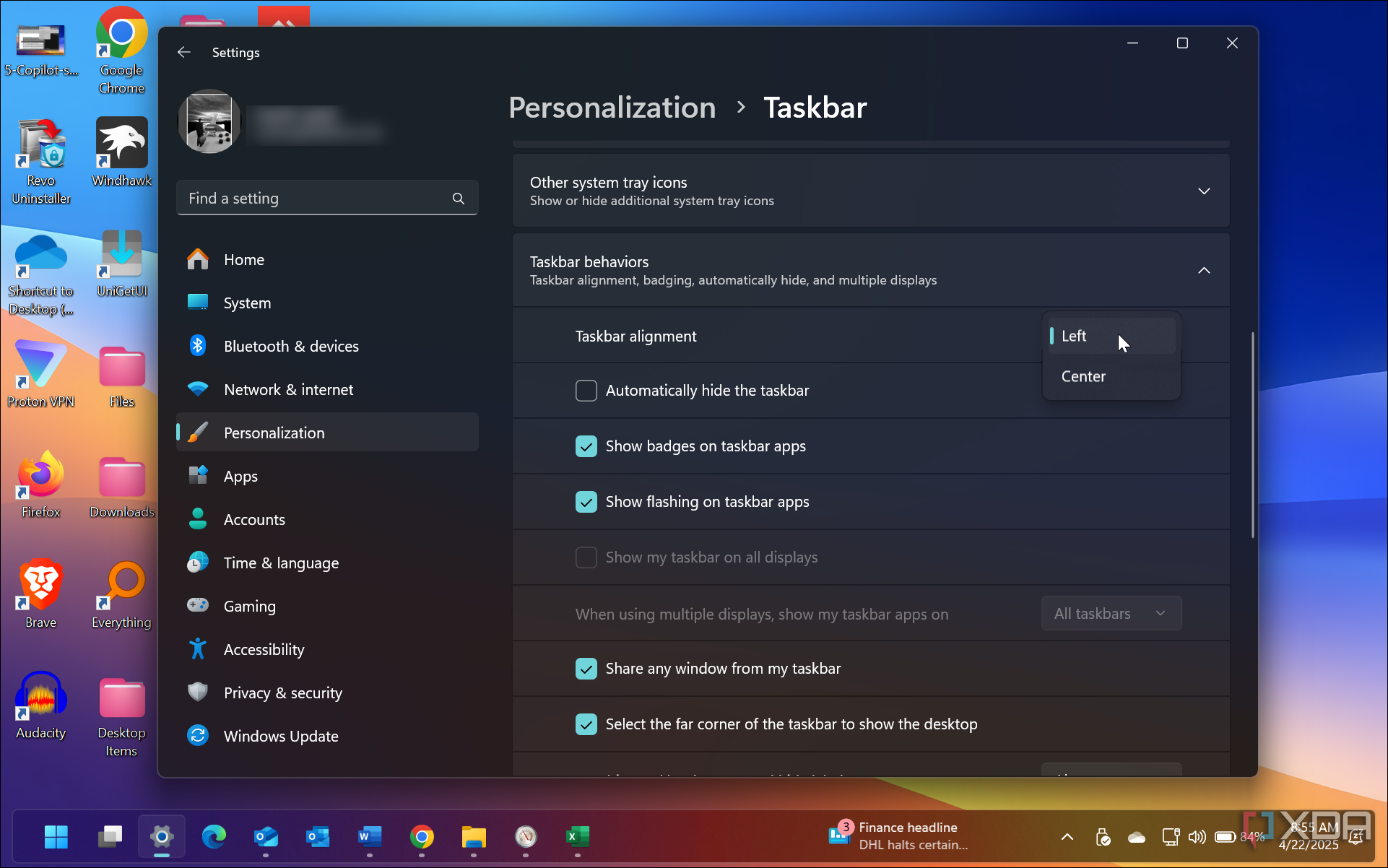Microsoft Windows includes a vast array of front-facing features. However, some features are hidden or not enabled by default, and I wish they were. When you get a new laptop or do a clean installation of Windows 11, you want the things you need readily available. You must install apps, transfer files, and set up everything. Unfortunately, many features aren’t ready to go. These may be features a beginner may not notice, but if you are a power user, you need them. Even if you aren’t skilled in the Windows environment, not having specific features can be confusing, so here are some things that I think should be ready.
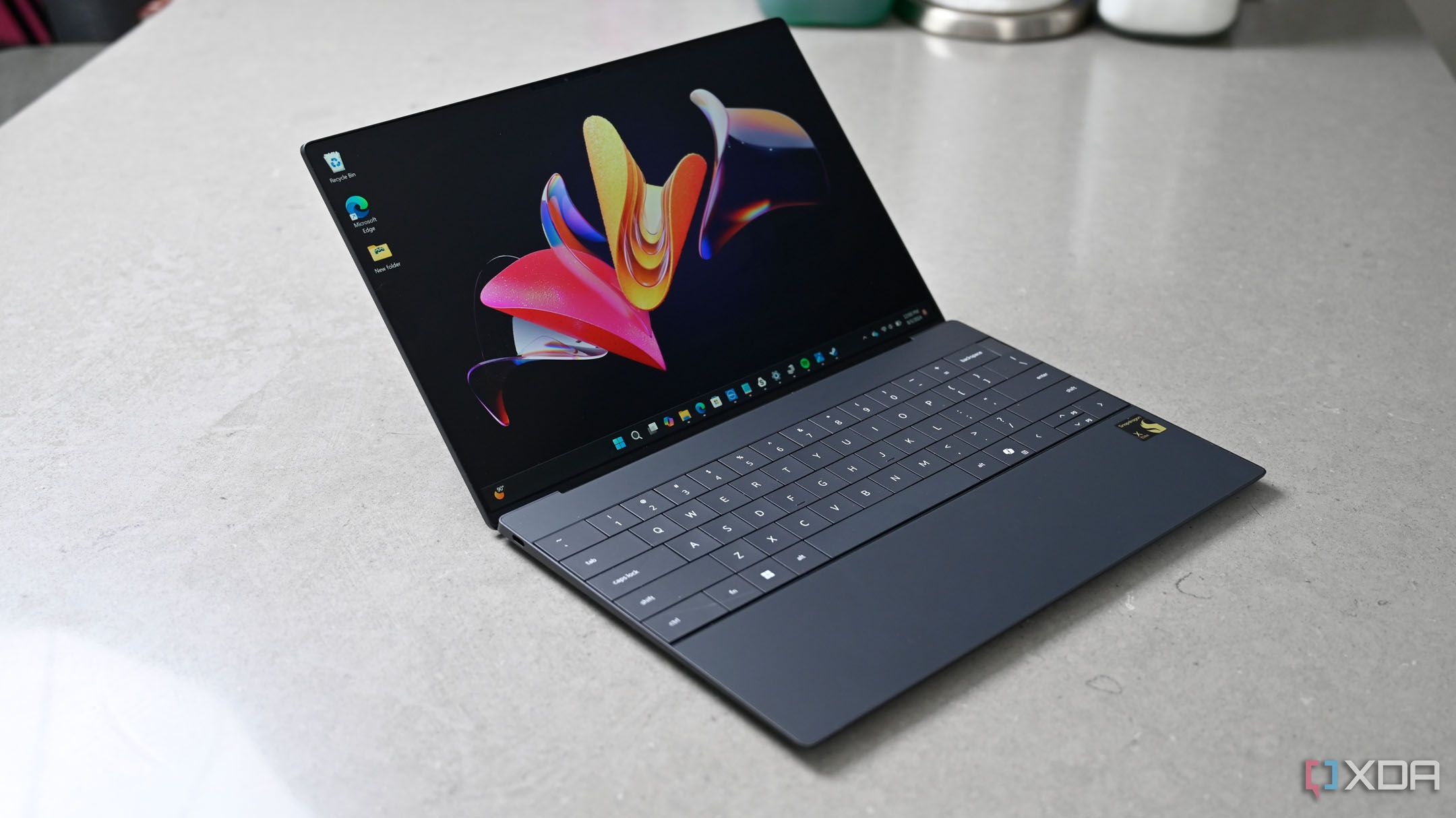
Related
5 Windows 11 features that need to be changed
Windows 11 is improving day by day, but there are still a lot of features that need to be changed or improved.
5
System Restore
I’m baffled by why this essential system protection tool isn’t on by default
The System Restore or “System Protection” feature allows you to create a restore point, enabling you to restore your system to its previous state before significant changes were made. For instance, it’s a best practice to create a restore point before installing a major feature update like the 24H2, installing Office, or a system modification like Windows 25.
It’s a legacy feature, but very helpful and has saved my system several times. It can actually save you time if something goes wrong when installing major software or updates. Creating a restore point will save your system’s settings, Registry settings, and system and personal files. It isn’t turned on by default since it can take up a good chunk of drive space. That is after creating many restore points. However, you can delete your old restore points and set the maximum space usage to reclaim drive space.
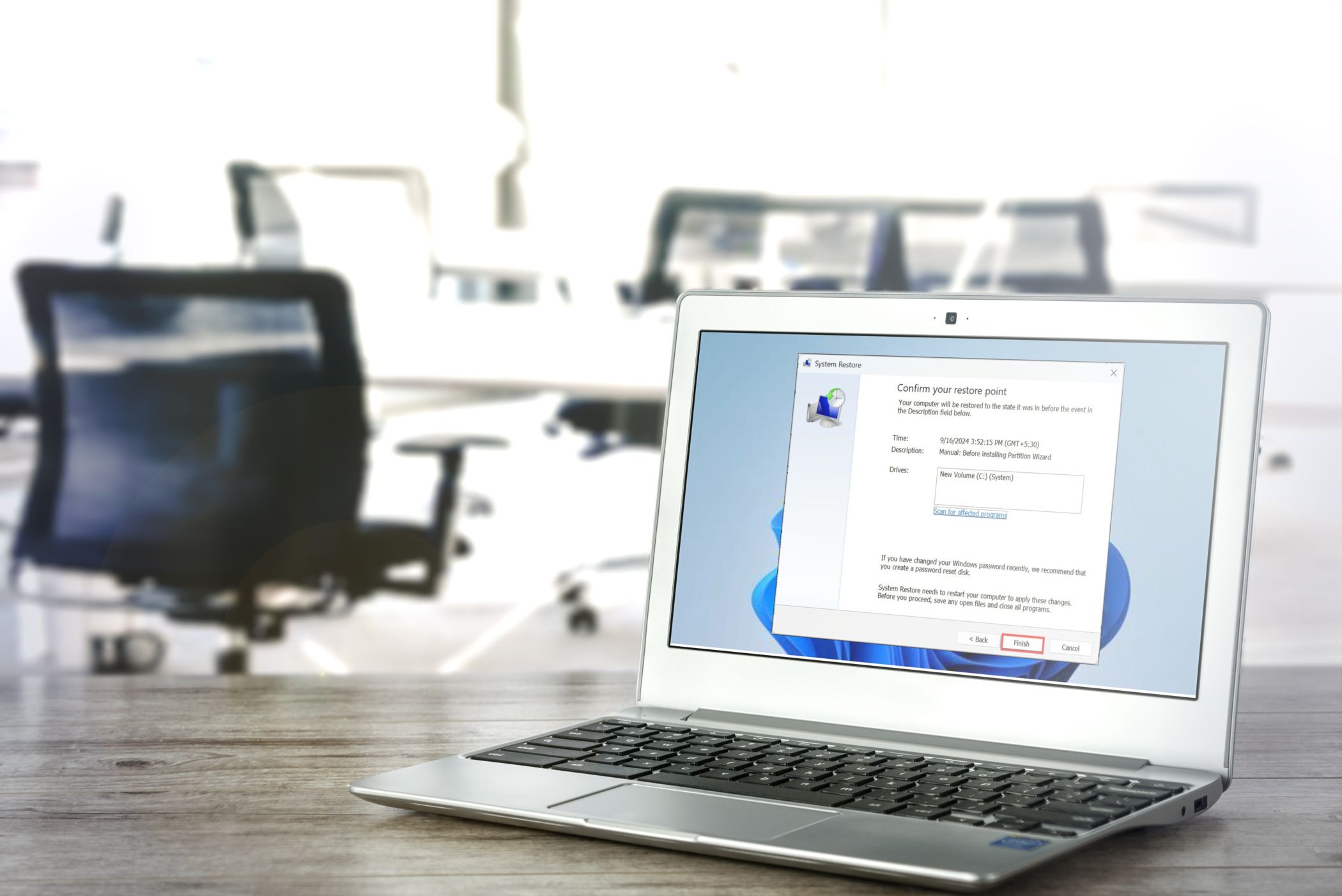
Related
How to create and utilize restore points on Windows
Learn to configure and create restore points on Windows and utilize them during troubleshooting
4
End Task feature
Easily force-quit apps from the taskbar
When you want to close an app on Windows, you typically click the X button in the top corner. You can also right-click the app on the taskbar and select Close window, or right-click an app’s icon in the system tray and quit it. However, there are instances where the app freezes. When that happens, you must open Task Manager and force-quit the app. There are a lot of steps to close an unresponsive app.
However, you can enable the recently added End Task feature by right-clicking the offending unresponsive app directly from the taskbar. There is no reason to open Task Manager, hunt for the app, and end the process. Unfortunately, this ability is hidden. To enable the feature, head to Settings -> System -> For developers and toggle on the End Task option.

Related
Windows 11 users can finally restore this lost Windows 10 taskbar feature, here’s how
Some call it annoying, others love the convenience
3
The file extension view in File Explorer
Not knowing file types is frustrating
This is another helpful feature that should be enabled by default, but isn’t. I find it irksome to enable this whenever I get a new PC or work with a fresh installation. The file type is not displayed by default when looking at files in File Explorer. File extensions like .txt, .docx, .mp3, .xlsx, and others are not found. Microsoft doesn’t show file extensions by default because it makes the experience cleaner and can prevent inexperienced users from changing extensions.
Luckily, there are a couple of ways to enable it, and the easiest may be from File Explorer. Whether I need to change a file type or find specific files for testing, having file extensions in File Explorer helps me identify the files I need more quickly. Select View -> Show -> File name extensions to make File Explorer show extensions. It is a small step, but it’s annoying and should show them by default.
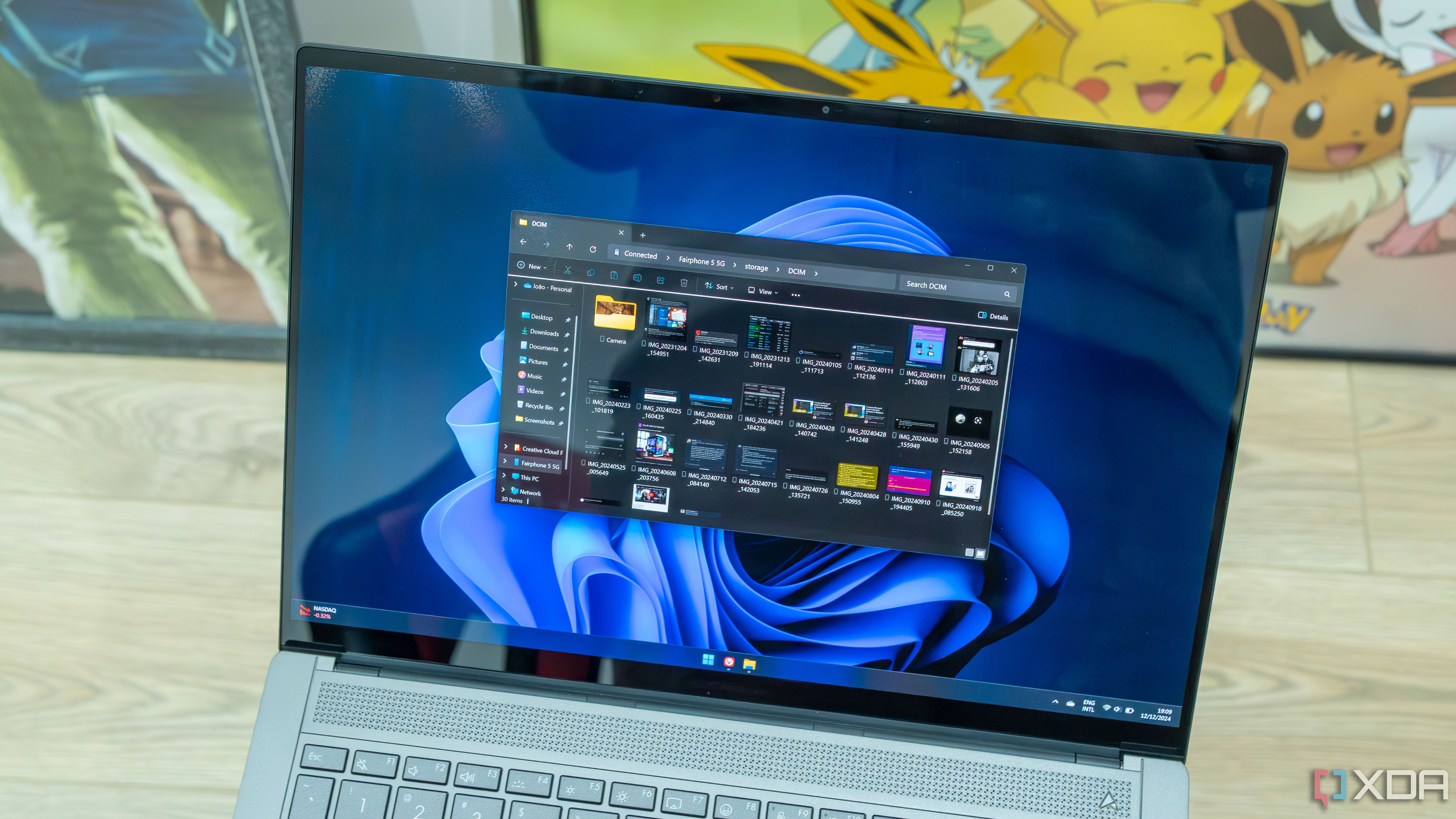
Related
5 ways to fix slow File Explorer performance
Your workflow becomes unpleasant when File Explorer exhibits slow performance. Here’s ways to fix the issue.
2
Hibernate mode
It should be available in power settings by default
First, there is a big difference between Hibernate and Sleep modes. Both are power-saving options, but they work in specific ways. Sleep mode puts your PC in a low-power state, saving your open documents, apps, and system state to RAM. It’s ideal for when you are taking brief breaks from your PC and want to save battery power. When you return to the PC, you can pick up where you left off. However, it is important to mention that if your PC is in sleep mode and your battery dies, there’s the possibility of losing unsaved work.
Putting your system in Hibernate mode saves your work and system state to your hard drive or SSD. This lets you shut down the PC while preserving your session, which you can resume when you power the machine back on. Unlike Sleep mode, Hibernate mode requires no power to save your system’s state.
That said, you can use each option based on your needs. Sleep and Hibernate modes should be available in the power settings on the Start menu. Instead, you have Sleep by default, but you have to enable Hibernate mode, so it’s listed as a power option. You can enable it from the Control Panel, but it can also easily be turned on or off from the CLI. Launch PowerShell as an administrator and enter the following command, changing it to “on” or “off” as needed: powercfg /hibernate on

Related
How to enable hibernate mode on Windows 11
Here’s how you can enable the energy-saving hibernate feature on Windows 11
Muscle memory dictates it for most users
A centered Start menu is arguably the most glaring issue for new Windows 11 users. For over 30 years, users have moved their mouse to the left corner to open the Start menu. It’s drilled into our heads. I’ve become used to it, but new users will have a problem with the alignment. Luckily, you can move it to the left, but again, you must go into settings to enable it. It should be on the left, and users can choose to center it or not.
Head to Settings -> Personalization -> Taskbar -> Taskbar behaviors and set the “Taskbar alignment” dropdown to the left. If you’re still annoyed by the Start menu, it’s possible to make further customizations with an app like Start11, StartAllBack, or Windhawk.
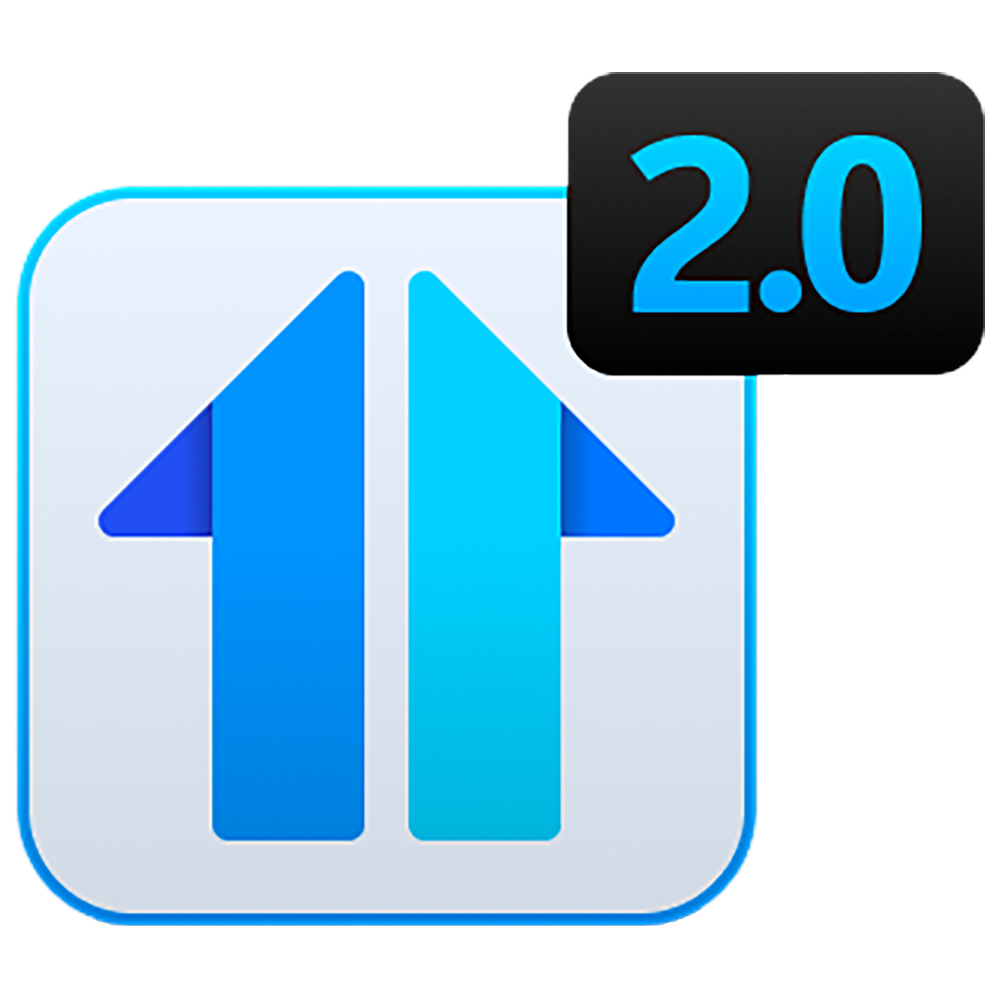
Enabling features that should be on by default is annoying
Windows 11 is full of options, but turning on the ones that should be enabled by default takes time. Turning on what you need takes away from your workflow, and it’s less efficient. It would be helpful if Microsoft enabled these (and other) features. Customers buy Windows and expect functionality and ease of use, and they expect not to have to look up how to turn these features on so they are readily available.




